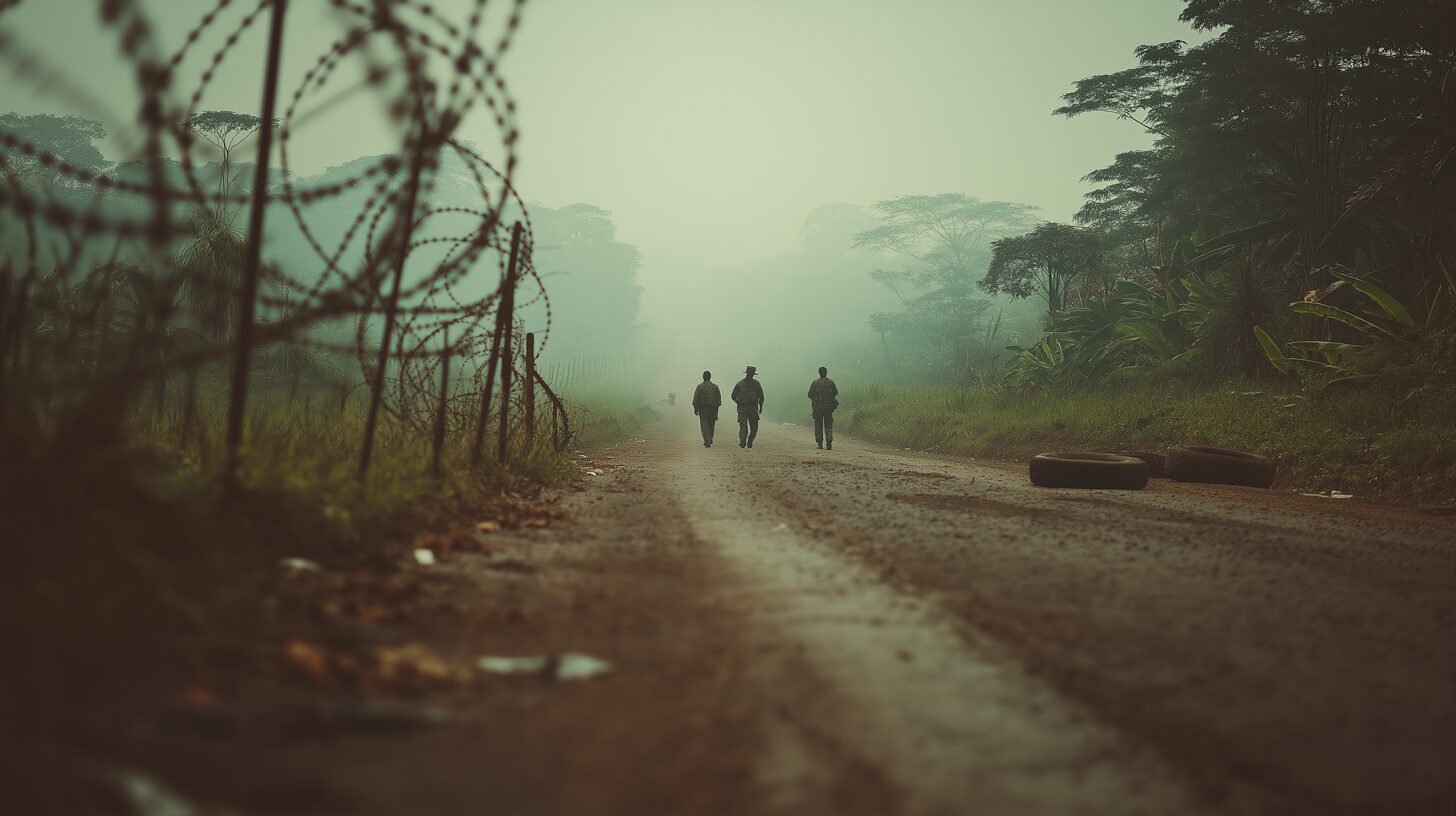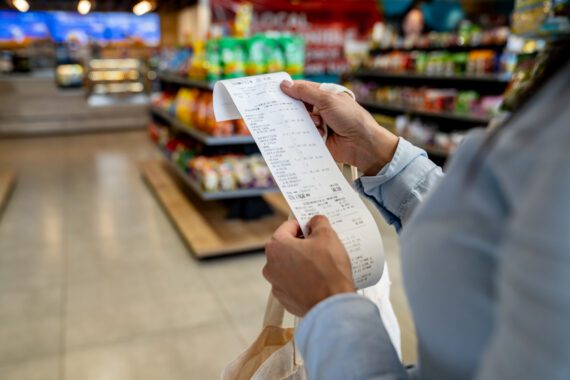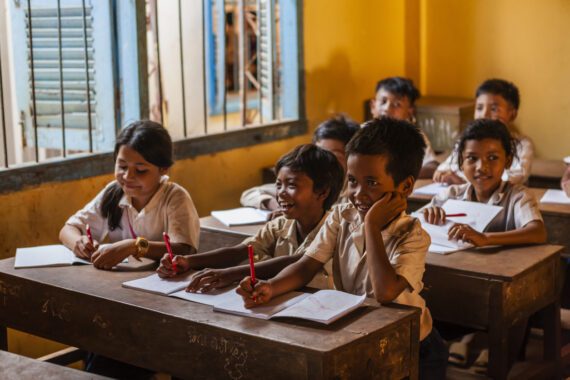By Anke Marais
The Democratic Republic of the Congo (DRC) is a large country located in the center of Africa. Despite abundant natural resources such as gold and cobalt, DRC is among the world’s poorest and least developed countries. This is due to complex and interconnected factors that include armed conflict, weak governance, climate shocks, challenges to investing in key sectors such as health and education, and corruption.
Armed conflict has broken out sporadically in eastern DRC for the past several decades. The fighting has displaced millions of people, particularly in the states of North Kivu and South Kivu. In 2024, an estimated 2.9 million people were living on the verge of famine and 6.5 million people were displaced in eastern Congo.
The situation has only worsened in 2025. UNICEF reports that fighting intensified to a level not seen in years, and combatants have deliberately attacked civilian targets, such as displacement camps, hospitals, and schools.
Idjwi Island, situated in Lake Kivu between the two major cities of Goma and Bukavu, has long been a sanctuary of last resort from violence. During the 1994 Rwandan genocide, for example, the island’s population surged by 41 percent with the arrival of an estimated 46,000 Rwandan refugees.
Idjwi’s role as a refuge has continued into the present. Since late January 2025, more than 100,000 people have fled to the island to escape intensified fighting in the region. But the island has very limited resources, and as of late February 2025, the U.N. Office for the Coordination of Humanitarian Affairs (OCHA) reported that more than 10,000 displaced individuals have already returned to mainland villages in search of food.
Idjwi Island is a microcosm of the desperate conditions in eastern DRC. Of those who return to their hometowns, 44 percent find their fields occupied by armed groups, while 10 percent find their homes occupied. Lack of access to farmland and shelter worsens the already desperate conditions.
The fighting, primarily between the Congolese armed forces and the armed faction M23, the March 23 Movement also known as the Congolese Revolutionary Army, continues to escalate at this writing. Recent assessments indicate that three-quarters of displaced people in Goma have an inadequate diet, with 80 percent indicating a loss of food supplies due to the conflict.
The convergence of violence, hunger, and displacement has been further worsened by recent reductions in international humanitarian assistance. Humanitarian workers are reeling from the effects of the USAID funding cuts, particularly since it had been the largest humanitarian donor in the region.
In mid-February 2025, Oxfam warned that nearly half a million people were left without food, water, and shelter after the destruction of displacement sites in Goma. A recent analysis found that conflict has driven prices up—anywhere from 18 percent to 160 percent—on food items such as flour, beans, and oil. Since the M23 takeover of Goma, poor food consumption has surged from 13 percent to 71 percent of the population. From the beginning of 2024 until halting support in February 2025, the U.S. provided 88 percent of all food assistance. This assistance, worth about $580 million, was 60 percent of the total U.S. humanitarian aid to the DRC.
According to the World Food Programme (WFP), an estimated 4.5 million children face acute malnutrition in the DRC. Humanitarian aid partners estimated that more than 70 sites, where tens of thousands of malnourished children are screened and treated, are being shuttered, along with 92 health facilities. Concurrently, aid agencies estimate that more than 500 million metric tons of U.S. food commodities, from American farmers and manufacturers, are stuck in various locations and not being distributed.
Without security or the ability to distribute food, WFP reported that a warehouse containing 7,000 tons of supplies has been looted. The escalating violence has also further disrupted key supply routes, hindering the delivery of essential humanitarian assistance.
Around the world, the amount of food from American farmers and manufacturers that is being wasted is staggering. Uncertainty about long-term funding exposes people to additional vulnerability.
The DRC, particularly its eastern region, stands at a critical juncture. With millions suffering from acute malnutrition, more humanitarian assistance is urgently needed, as is an end to the fighting.
Anke Marais is a climate intern, Policy and Research Institute, with Bread for the World.



